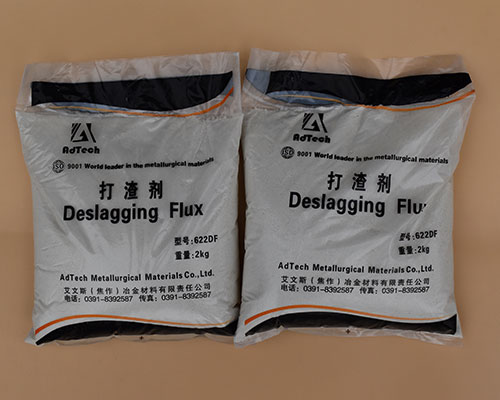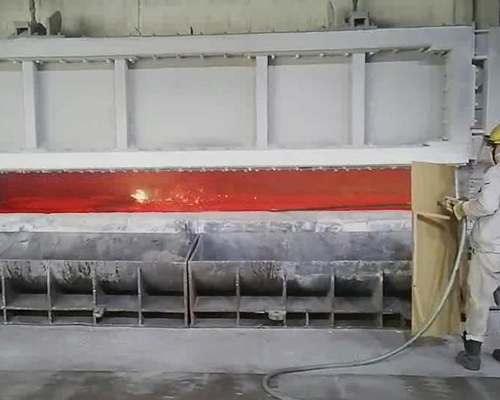Generally speaking, aluminum purification in furnace includes flux method, gas refining method (active and degradable gas), vacuum purification, and field purification. Among them, flux purification and gas purification are the most widely used Aluminum Purification in Furnace.
Flux purification is in the process of aluminum alloy smelting, the flux is added into the melt, through a series of physical and chemical effects, to achieve the purpose of degassing and impurity removal. The impurity removal ability of the flux is determined by the adsorption and dissolution of the oxidized inclusions in the melt by the flux and the chemical interaction between the flux and the melt. The smaller the interfacial tension between the flux and the inclusions, the better the adsorption of the flux and the stronger the removal of impurities.
In addition to the flux whose main purpose is to remove gas and impurities, there are also some other fluxes, such as covering agents and slag cleaning agents.

Compared with flux purification, gas purification mainly relies on blowing active or inert gas into the melt. In addition to using the law of gas partial pressure to achieve the purpose of degassing and the purpose of bubble adsorption and inclusion, the active gas can also be combined with the melt. The hydrogen in the body directly reacts to produce gaseous products to achieve diffusion and degassing, flotation and slag removal.
Compared with other purification methods in the purification furnace, the flux method and the gas refining method have a series of advantages such as small investment, low cost, strong operability, and significant purification effect, and are currently widely used refining methods.
However, gas purification also has some problems, such as the purity of the gas, the size and uniformity of the bubbles blown into the melt. At the same time, reactive gases are often toxic (such as chlorine) and corrode equipment. Inert gas refining mainly relies on diffusion and degassing, flotation and slag removal to achieve the purpose of purification. Although it overcomes the shortcomings of active gas corrosion equipment, its purification efficiency is far inferior to that of active gas, and it cannot achieve the removal of alkali metals and alkaline earth metals.
It is worth mentioning that in addition to the physical and chemical adsorption, dissolution, and combination of the flux with the inclusions in the melt, the flux can also decompose or react with the melt to generate various gases, resulting in gas purification. Different from gas adsorption inclusions, the flux in the molten state can also wet the inclusions, and the kinetic process of adsorption is more effective. This mechanism is more efficient than the gas floatation method for adsorbing inclusions, and it can also polymerize inclusions of different sizes.
Aluminum foundries mostly adopt gas-flux mixing and refining, multiple purification mechanisms are combined to achieve high-efficiency purification.

